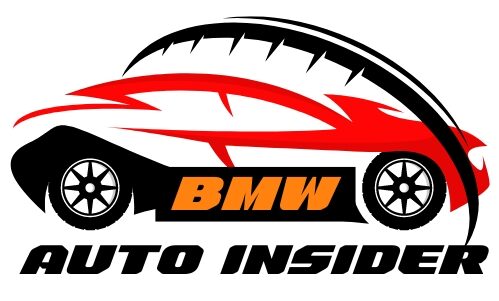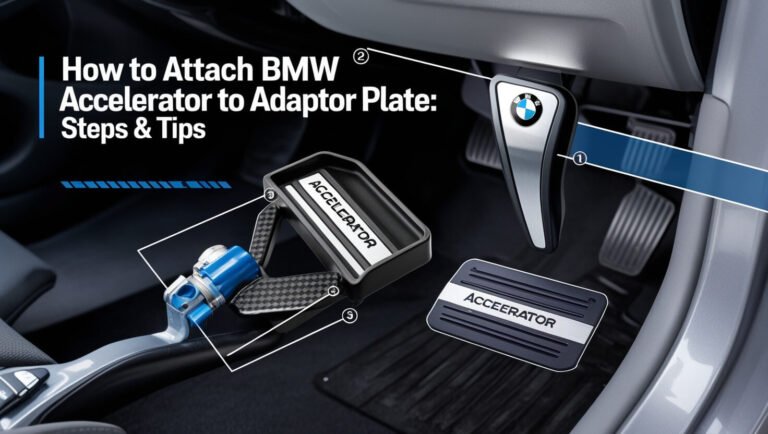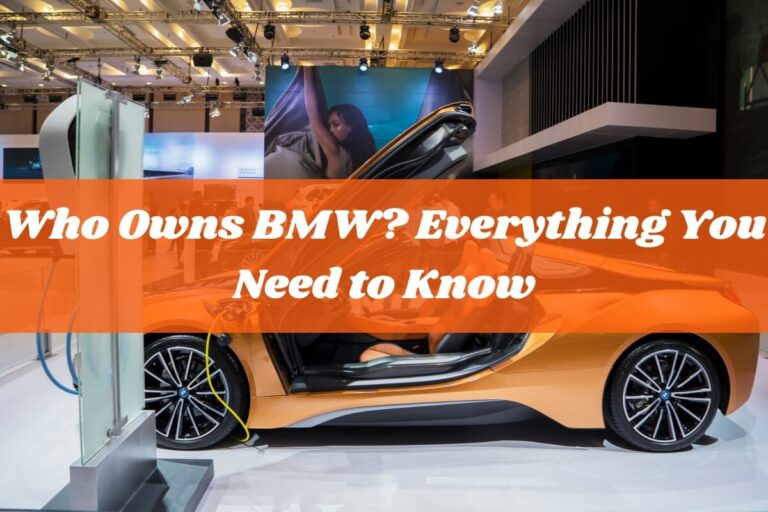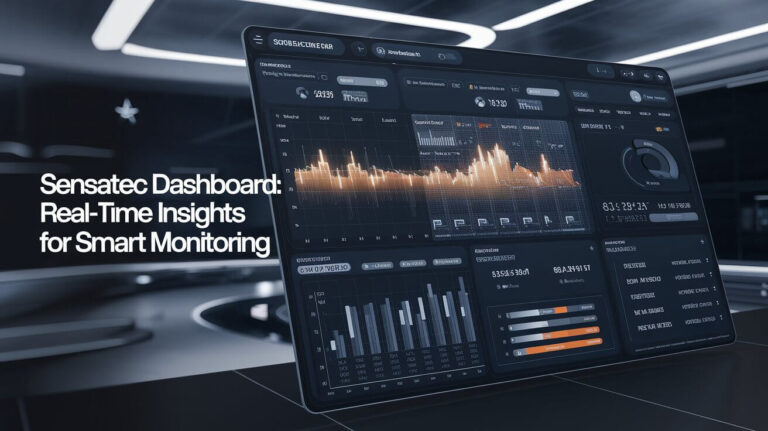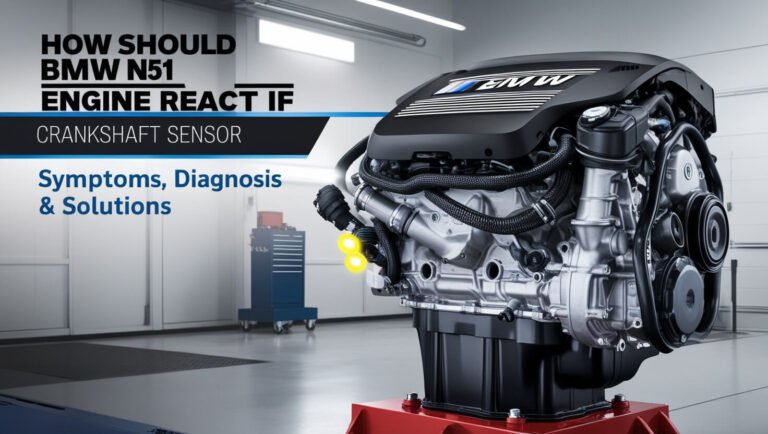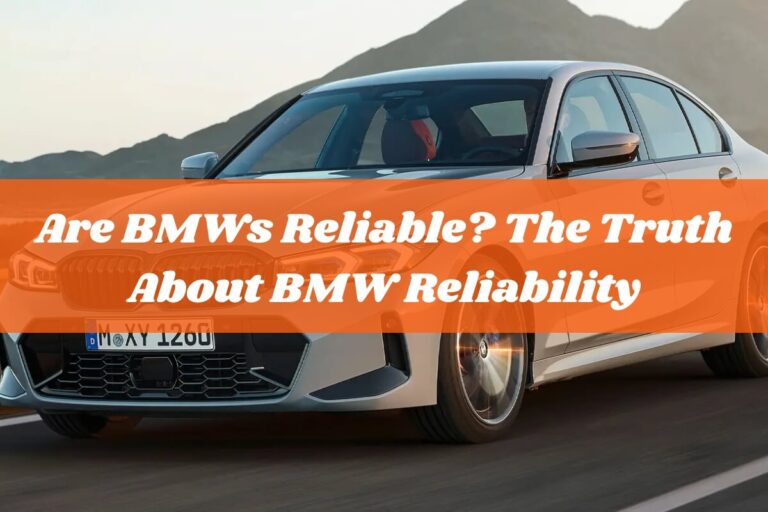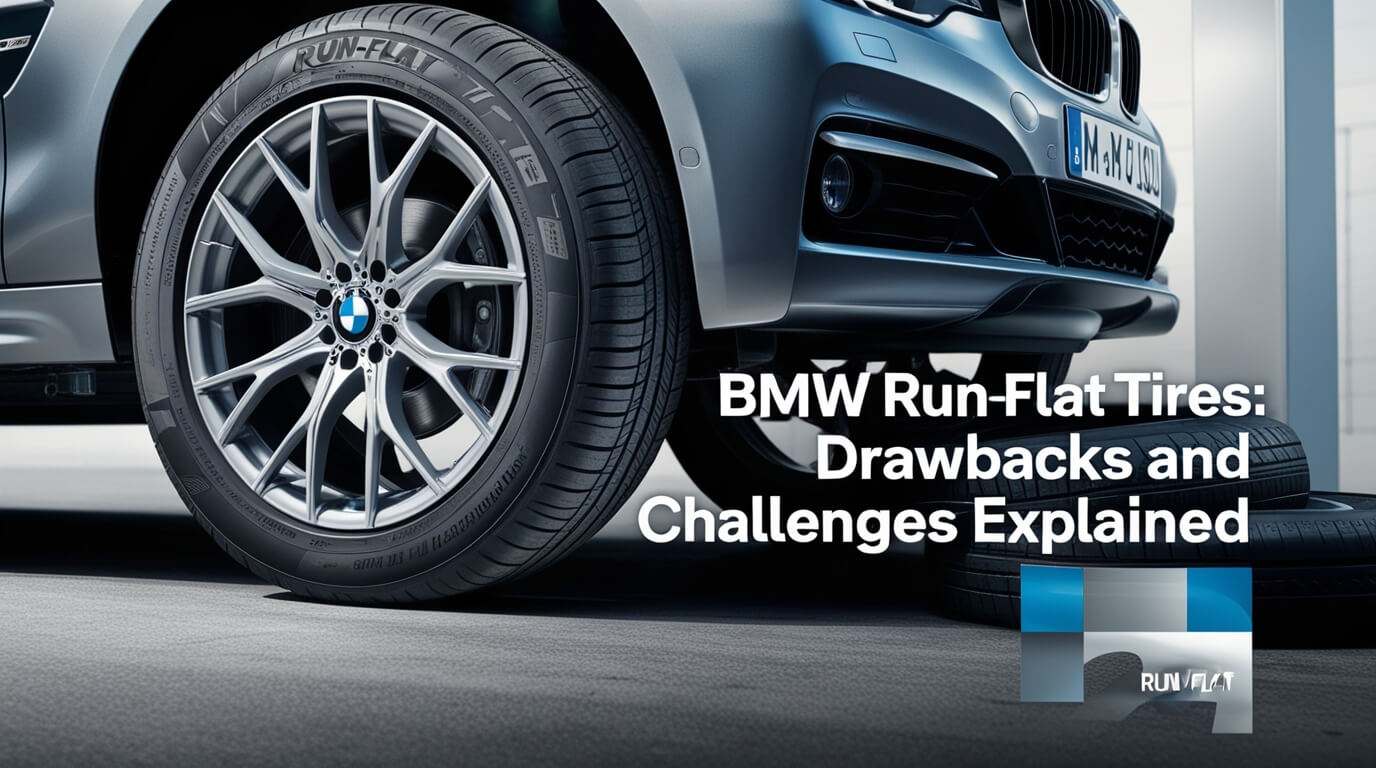
BMW run flat tires are a mixed bag. They’re handy and safe, but they’ve got downsides too. Many BMW drivers gripe about these tires wearing out fast, giving a bumpy ride, and costing too much to replace. Let’s break down the good and bad of BMW run flats, their typical issues, and what you can do about them.
What Are BMW Run Flat Tires?
Run flat tires are a special type of tire that can keep working even after a puncture. They’re designed to support the weight of your BMW for a limited time, usually up to 50 miles at speeds under 50 mph. This means you can drive to a safe spot or a repair shop instead of being stranded on the roadside.
How Run Flat Tires Work
Run flat tires have reinforced sidewalls. When you get a puncture, these strong sidewalls can support your BMW’s weight without air pressure. It’s like having a built-in spare tire, always ready to help you out of a tight spot.
Types of Run Flat Tire Systems
There are two main types of run flat systems:
- Self-supporting: These tires have extra-thick sidewalls that can bear the car’s weight when flat.
- Support ring: These use a hard rubber ring around the wheel to support the car if the tire loses pressure.
BMW mostly uses self-supporting run flat tires.
Common Problems with BMW Run Flat Tires
While run flat tires seem great on paper, they come with several issues that BMW drivers often face.
Reduced Tread Life
Many BMW owners complain that their run flat tires wear out faster than regular tires. A study by J.D. Power found that run flat tires need replacement about 6,000 miles sooner than conventional tires. This means more frequent tire changes and higher long-term costs.
Harsh Ride Quality
The stiff sidewalls that make run flat tires work can also make your ride less comfortable. BMW drivers often report a bumpier, harsher ride compared to cars with regular tires. This is especially noticeable on rough roads or over small bumps.
Higher Replacement Costs
When it’s time for new tires, run flats can hit your wallet hard. They’re often more expensive than regular tires, sometimes costing up to twice as much. This higher cost can add up over time, especially if you’re replacing them more often.
Limited Repair Options
Got a puncture? With run flat tires, you might be out of luck for a simple repair. Many tire shops won’t fix run flat tires due to safety concerns. This means you often have to buy a whole new tire, even for a small puncture that could be easily fixed on a regular tire.
The Impact of Run Flat Tires on BMW Performance
Run flat tires don’t just affect your comfort and wallet – they can change how your BMW drives too.
Handling and Stability
The stiffer sidewalls of run flat tires can improve handling in some situations. Your BMW might feel more responsive in corners. But this comes at a cost – the ride can feel less smooth overall.
Fuel Efficiency
Run flat tires are heavier than regular tires. This extra weight can slightly reduce your BMW’s fuel efficiency. While it might not be a huge difference, every little bit counts at the gas pump.
Noise Levels
Some BMW drivers report more road noise with run flat tires. The stiffer construction can transmit more vibration and sound into the car cabin. If you value a quiet ride, this might be a noticeable issue.
Pros and Cons of BMW Run Flat Tires
Let’s break down the good and the bad of run flat tires for BMW owners.
Advantages of Run Flat Tires
- Safety: You can keep driving after a puncture, avoiding dangerous roadside stops.
- Convenience: No need to change a tire on the side of the road.
- Space-saving: No spare tire means more trunk space in your BMW.
- Stability: Run flats can help maintain control if you get a sudden flat while driving.
Drawbacks to Consider
- Higher costs: More expensive to buy and replace.
- Harsher ride: Less comfortable, especially on rough roads.
- Shorter lifespan: May need replacement sooner than regular tires.
- Limited repairability: Often need full replacement for minor damage.
- Reduced fuel efficiency: Heavier weight can impact MPG.
Alternatives to Run Flat Tires for BMW Owners
If you’re fed up with run flat tire problems, you have options.
Conventional Tires with Spare
Many BMW owners switch to regular tires and carry a spare. This can improve ride quality and reduce costs. However, you’ll need to find space for the spare tire, which might mean losing some trunk space.
Tire Repair Kits
Another option is to use regular tires and carry a tire repair kit. These kits can temporarily fix small punctures, letting you drive to a repair shop. They’re compact and easy to use, but they won’t help with major tire damage.
Maintaining BMW Run Flat Tires
Proper care can help you get the most out of your run flat tires.
Proper Inflation and Rotation
Keep your tires inflated to the right pressure. This helps them wear evenly and last longer. Regular rotation also helps even out wear patterns.
Monitoring Tire Pressure
BMW’s tire pressure monitoring system is crucial with run flats. It alerts you to pressure loss, which is essential since you might not notice a flat right away.
When to Replace Run Flat Tires
Replace your run flat tires when the tread depth reaches 2/32 of an inch. Also, if you’ve driven on a deflated run flat tire, it usually needs replacement even if it looks okay.
BMW’s Stance on Run Flat Tires
BMW has been a leader in using run flat tires. Let’s look at why they’re so committed to this technology.
Why BMW Uses Run Flat Tires
BMW sees run flat tires as part of the premium driving experience. They believe the safety and convenience outweigh the drawbacks. As Jose Guerrero, a BMW product manager, put it: “We feel strongly that the run-flat solution for many of our drivers makes sense.”
Future of Run Flat Technology in BMWs
BMW continues to work with tire manufacturers to improve run flat technology. They’re aiming for better ride quality, longer tread life, and more sizes for performance models. However, they’re not planning to abandon run flats anytime soon.
Real-World Experiences: What BMW Drivers Say
BMW owners have mixed feelings about run flat tires.
Positive Feedback
Some drivers love the peace of mind run flats provide. They appreciate not having to change a tire in dangerous or inconvenient situations. As one owner put it, “I hit a nasty pothole and could drive 30 miles to the dealer. That alone made run flats worth it for me.”
Common Complaints
However, many BMW forums are filled with complaints about run flat tires. Common gripes include the harsh ride, frequent replacements, and high costs. One frustrated owner shared, “I’m on my third set of run flats in 30,000 miles. Never again!”
Tips for BMW Owners with Run Flat Tires
If you’re sticking with run flats, here are some tips to help you out.
Dealing with a Flat Tire
If you get a flat, remember the 50/50 rule: drive no more than 50 miles at no more than 50 mph. Use BMW’s roadside assistance if you’re unsure about the tire’s condition.
Extending Tire Life
To make your run flats last longer:
- Keep them properly inflated
- Rotate them regularly
- Avoid aggressive driving and hard braking
- Be mindful of road conditions and try to avoid potholes
In Conclusion
Run flat tires have pros and cons for BMW owners. They’re safer and more convenient, but cost more, ride rougher, and wear out faster. Your choice depends on what matters most to you. If safety is key and you can afford it, stick with run flats. For a smoother ride and lower costs, regular tires might be better. No matter what, take good care of your tires. Check pressure often, rotate them, and fix problems quickly. This will help your BMW and save you money.
